Frequency range: 26.5- 28MHz SWR: ≤1.2:1 Max. power: 35W continuous 250W Short time Bandwidth at S.W.R. 2:1: 1900KHz Impedance: 50ohm Whip length: 1200mm Adjustment: 0~90° Cable Length: RG58/157" Po...
See DetailsWhy Should You Tune Your CB Antenna?
Citizens Band (CB) radio remains a vital tool for reliable communication in various settings, from trucking and off-roading to emergency preparedness. Yet, many users overlook a critical step that can make or break their experience: tuning the CB antenna. Without proper tuning, your radio might underperform, leading to frustrating static, weak signals, and even equipment damage. This guide delves into the importance of antenna tuning, covering key aspects like technical benefits, step-by-step adjustments, and practical outcomes. By understanding why and how to tune your CB antenna, you can unlock clearer, more efficient communication while safeguarding your gear—all based on established radio principles.
Understanding the Core Reasons for Tuning Your CB Antenna
The primary reason to tune your CB antenna revolves around optimizing the Standing Wave Ratio (SWR), a measure of how efficiently your antenna transmits radio signals. An untuned antenna often has a high SWR, meaning more energy reflects back into the radio instead of radiating outward. This can cause several issues. First, it reduces your communication range significantly, making it harder to reach others in critical scenarios. Second, a high SWR generates excess heat in your radio's transmitter, potentially damaging components over time and shortening its lifespan. Third, in many regions, regulations mandate safe SWR levels to prevent interference with other devices; failing to comply could lead to fines or legal issues in areas with strict enforcement.
Beyond SWR, tuning ensures your antenna resonates at the CB band's frequency (typically 27 MHz), minimizing signal loss and external noise. Factors like antenna mounting location, vehicle body materials, and nearby objects can throw off resonance. By tuning, you compensate for these variables, resulting in sharper, more reliable transmissions. Ignoring this step often leads to common complaints—dropped calls during highway chats or garbled messages in poor weather—that could easily be avoided.
How to Tune Your CB Antenna: A Step-by-Step Approach
Tuning your CB antenna is a straightforward process that requires minimal tools, mainly an SWR meter. Start by connecting the SWR meter between your radio and antenna, following the manufacturer's instructions for your specific setup. Power on the radio and set it to a low-power mode if possible. Then, measure SWR on channel 1 and channel 40 of the CB band. Aim for readings below 1.5:1; values above 3:1 indicate poor tuning and warrant immediate adjustment.
To adjust, focus on modifying the antenna's physical length. Most CB antennas feature adjustable elements or a tuning tip. Shorten the antenna slightly if SWR is higher on channel 1 than channel 40, or lengthen it if the opposite is true. Retest after each change to track improvements. Ensure the antenna is mounted securely on a metal surface, as improper grounding can skew results. For permanent installations, test under real-world conditions, like with the vehicle engine running, to account for interference. If SWR remains high, inspect for issues like damaged cables or corroded connectors. This process typically takes under 30 minutes and demands no specialized expertise, making it accessible for beginners while emphasizing precision to avoid common pitfalls such as over-tightening or ignoring environmental factors.
Benefits of Proper CB Antenna Tuning
When your CB antenna is correctly tuned, the advantages extend far beyond basic functionality. For starters, signal clarity improves dramatically, allowing you to hear and be heard over longer distances—without shouting or repetition. This is crucial in emergencies, where every second counts. Additionally, optimized SWR reduces strain on your radio, preventing overheating and extending its operational life. You'll also conserve battery power, as the system wastes less energy on inefficient transmissions. In practical terms, users report fewer dropouts in noisy environments like urban areas or during inclement weather, turning frustrating comms into seamless conversations.
Moreover, tuning fosters a safer and more compliant setup. By maintaining low SWR, you minimize the risk of interfering with other radio services, adhering to general broadcasting standards without hassle. Over time, this proactive maintenance saves money on repairs or replacements, proving that a small effort upfront yields lasting rewards.
Addressing Common Challenges
Despite its simplicity, antenna tuning can encounter obstacles. One frequent issue is varying SWR readings due to nearby structures or moving vehicles; in such cases, re-test at different locations for consistency. Another is the misconception that factory settings suffice—always verify SWR after installation, as environmental factors alter performance. If tuning doesn't resolve high SWR, seek professional advice to rule out hardware faults.
Tuning your CB antenna isn't just a technical chore; it's an essential practice that elevates your entire communication experience. By ensuring low SWR and proper resonance, you gain clearer signals, enhanced reliability, and protection for your equipment, all while staying within regulatory boundaries. Whether you're a seasoned CB user or new to the hobby, dedicating time to tune your antenna pays off in performance and peace of mind. Start with a simple SWR check today—it could transform how you connect on the airwaves.

 English
English Español
Español
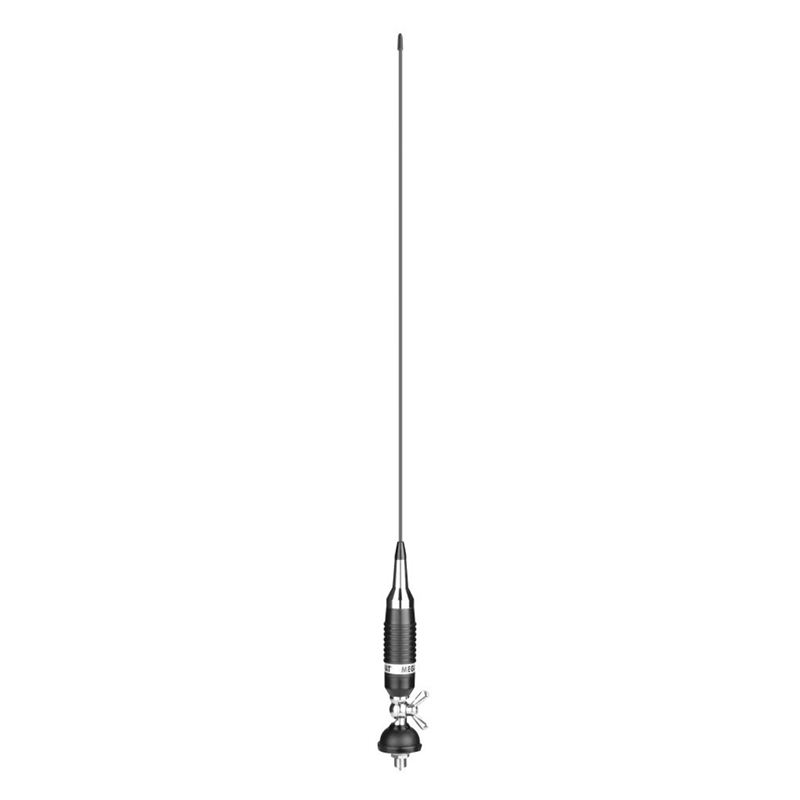
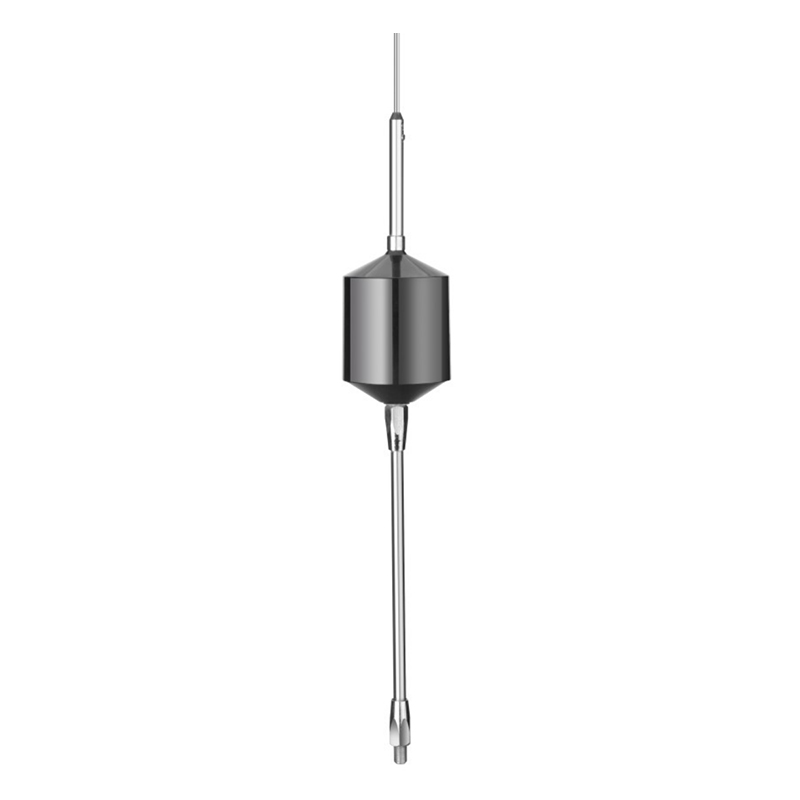
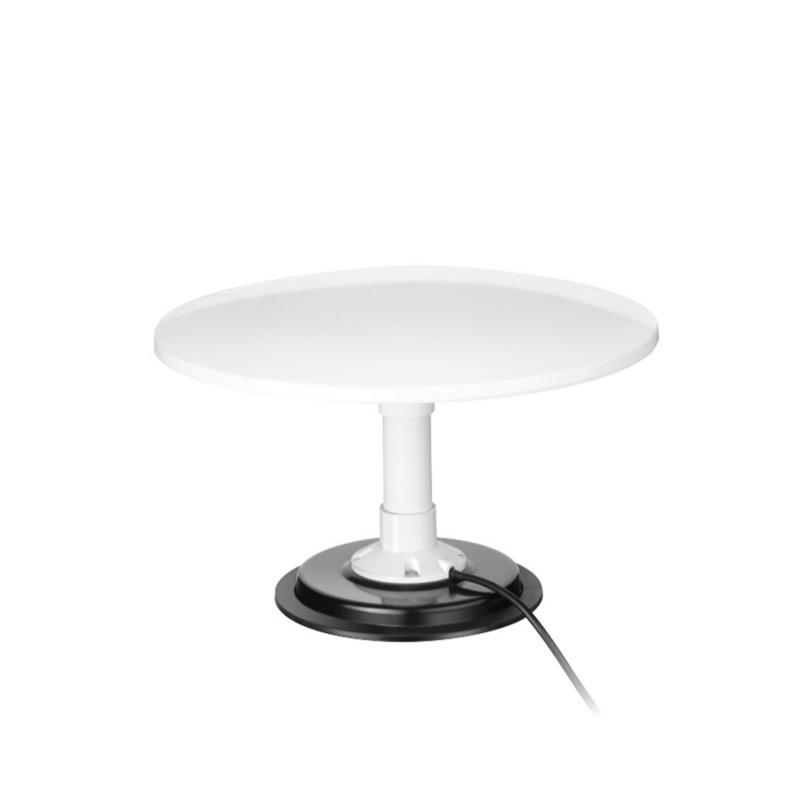
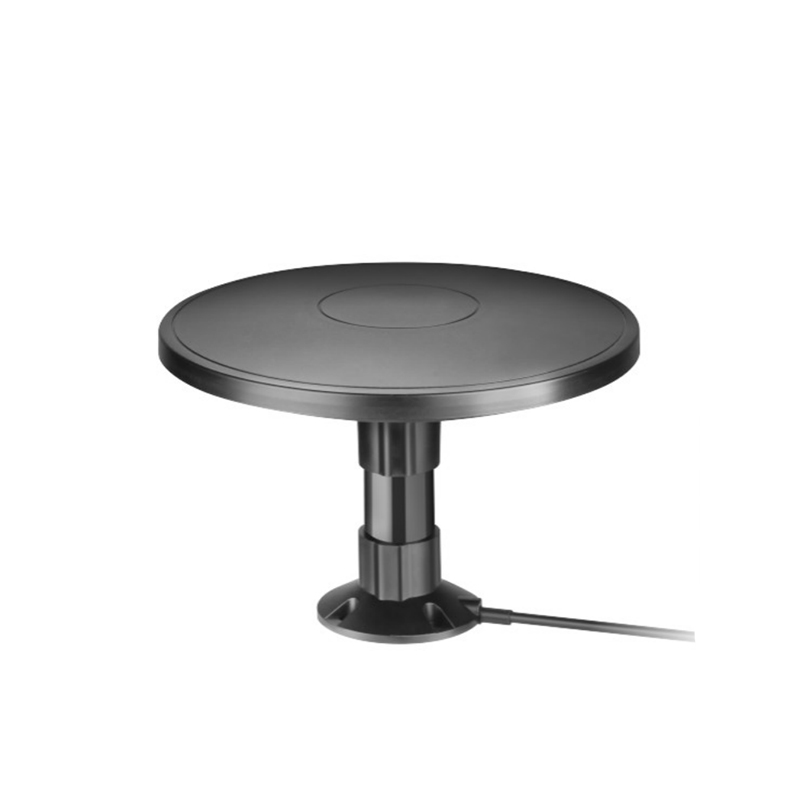
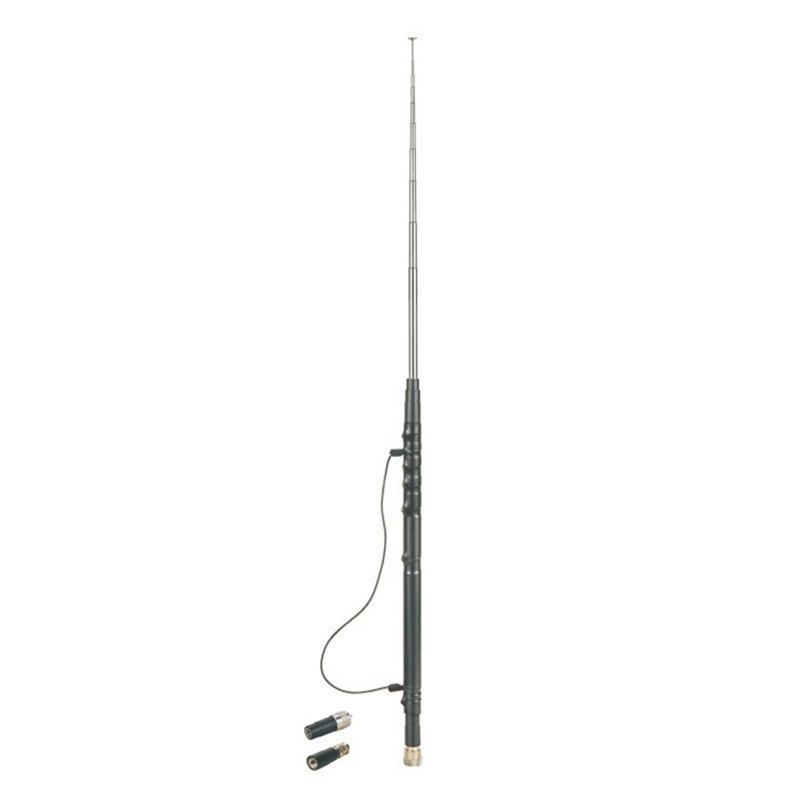
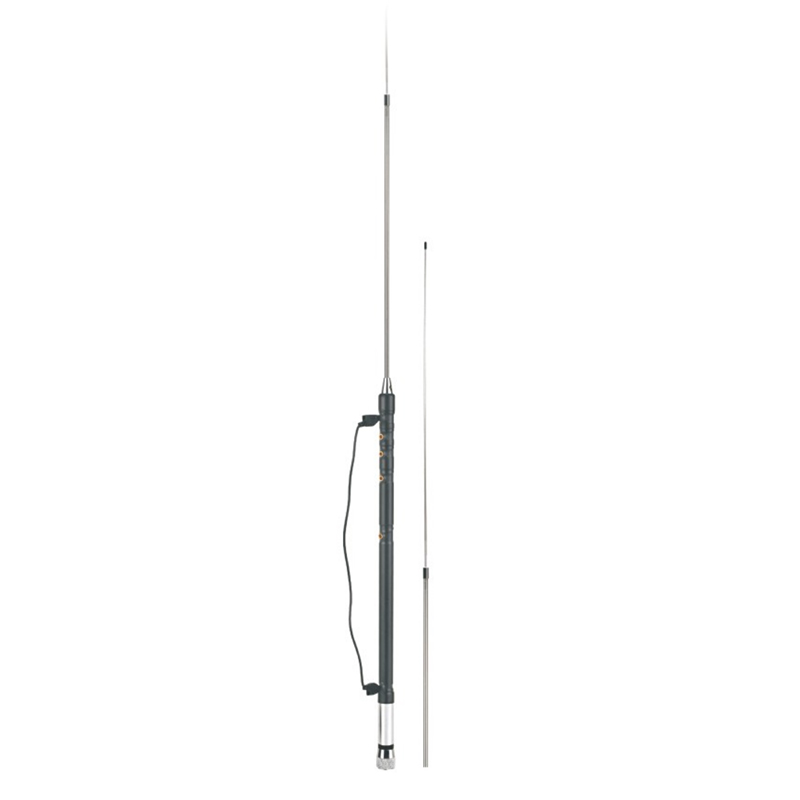
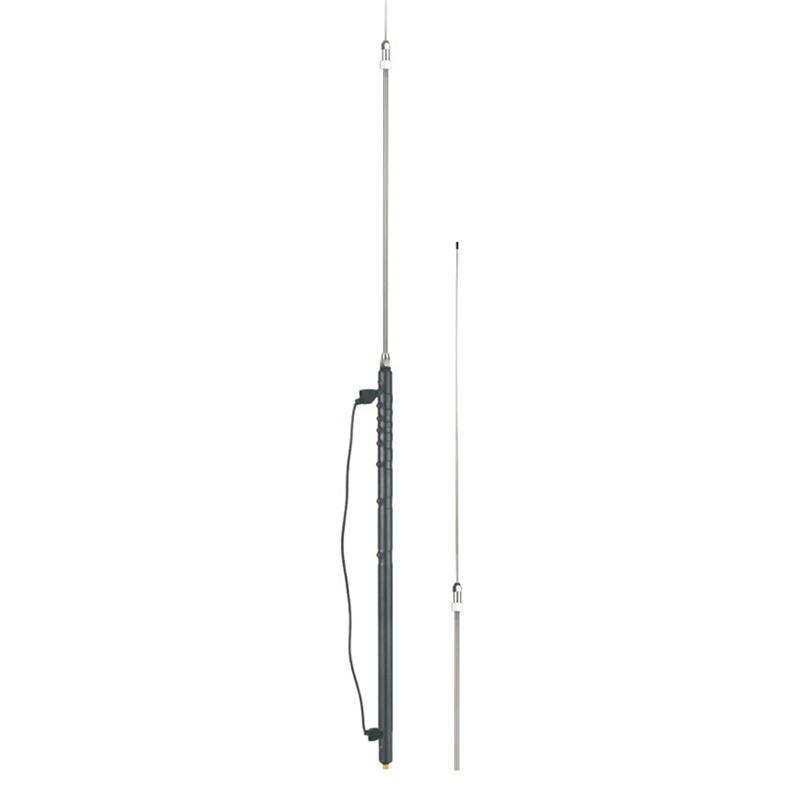
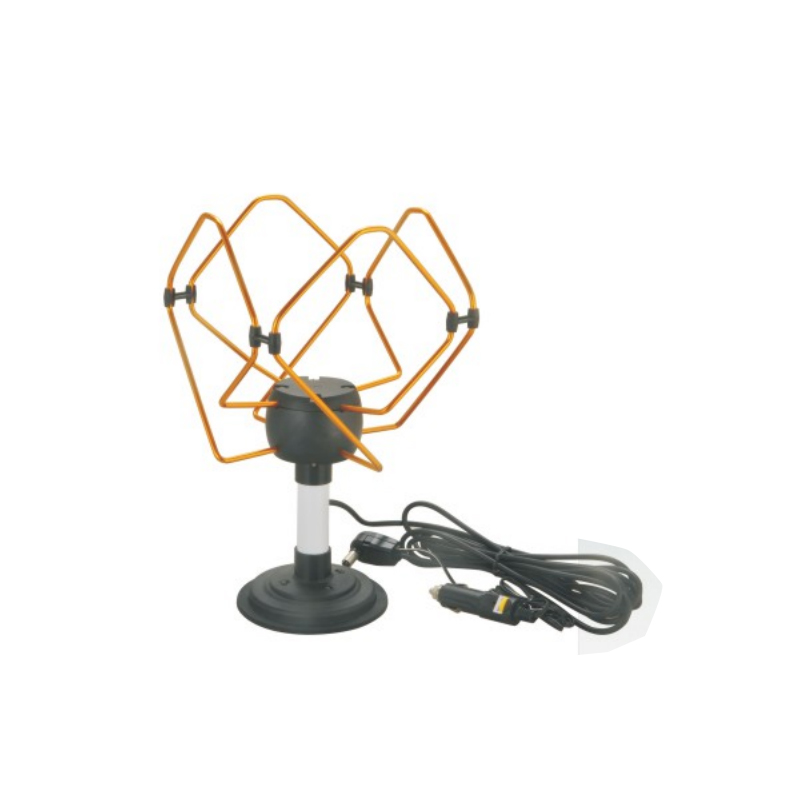
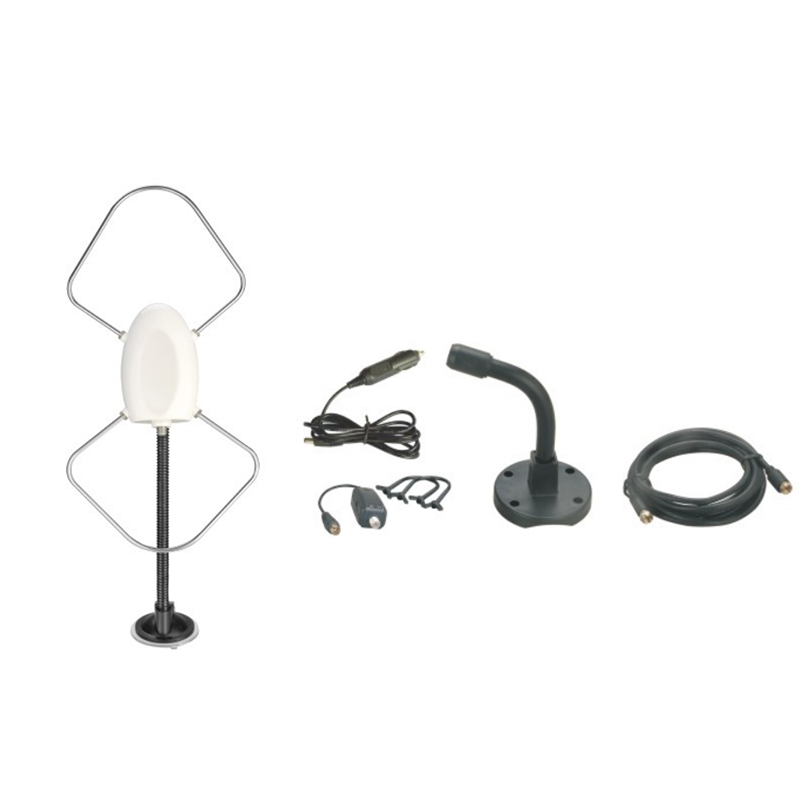
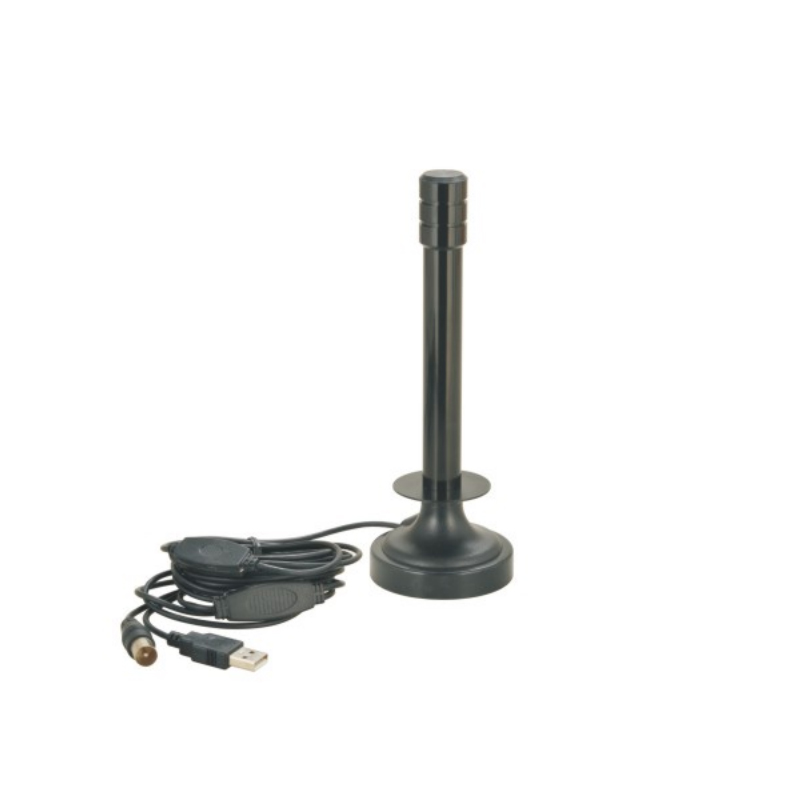
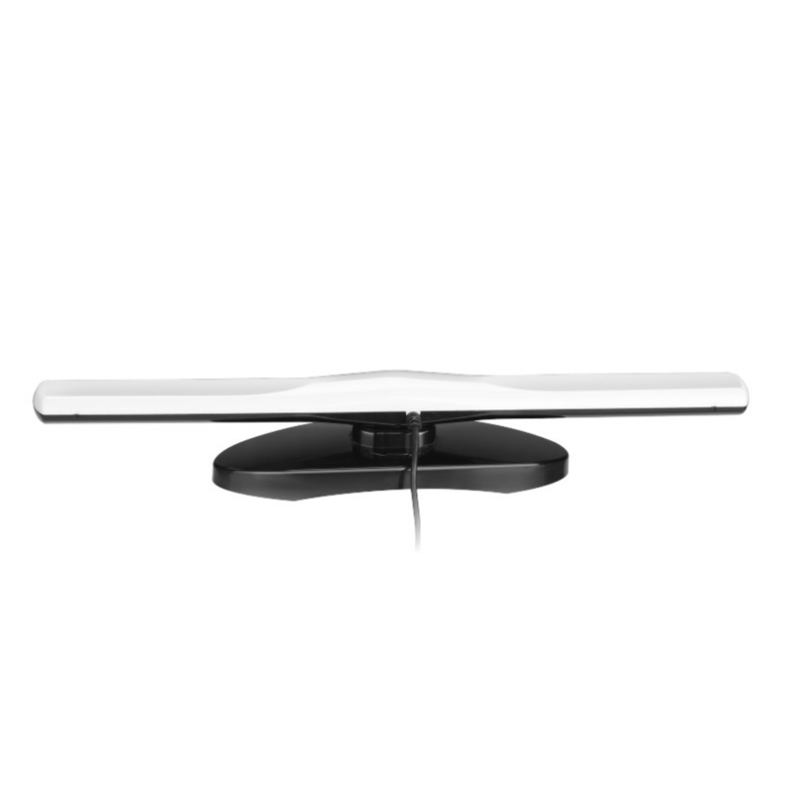
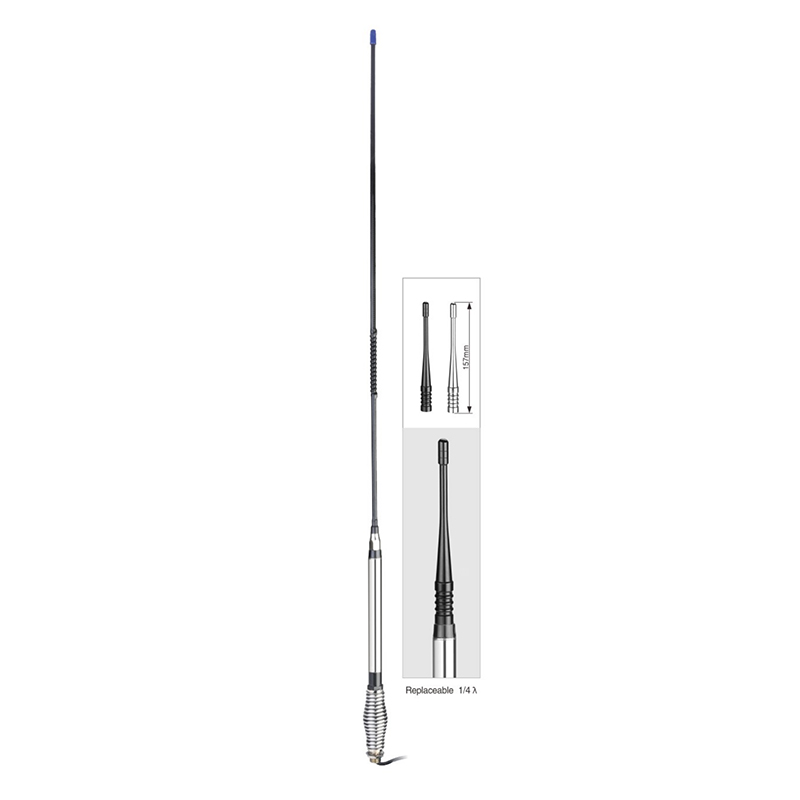

Contact Us